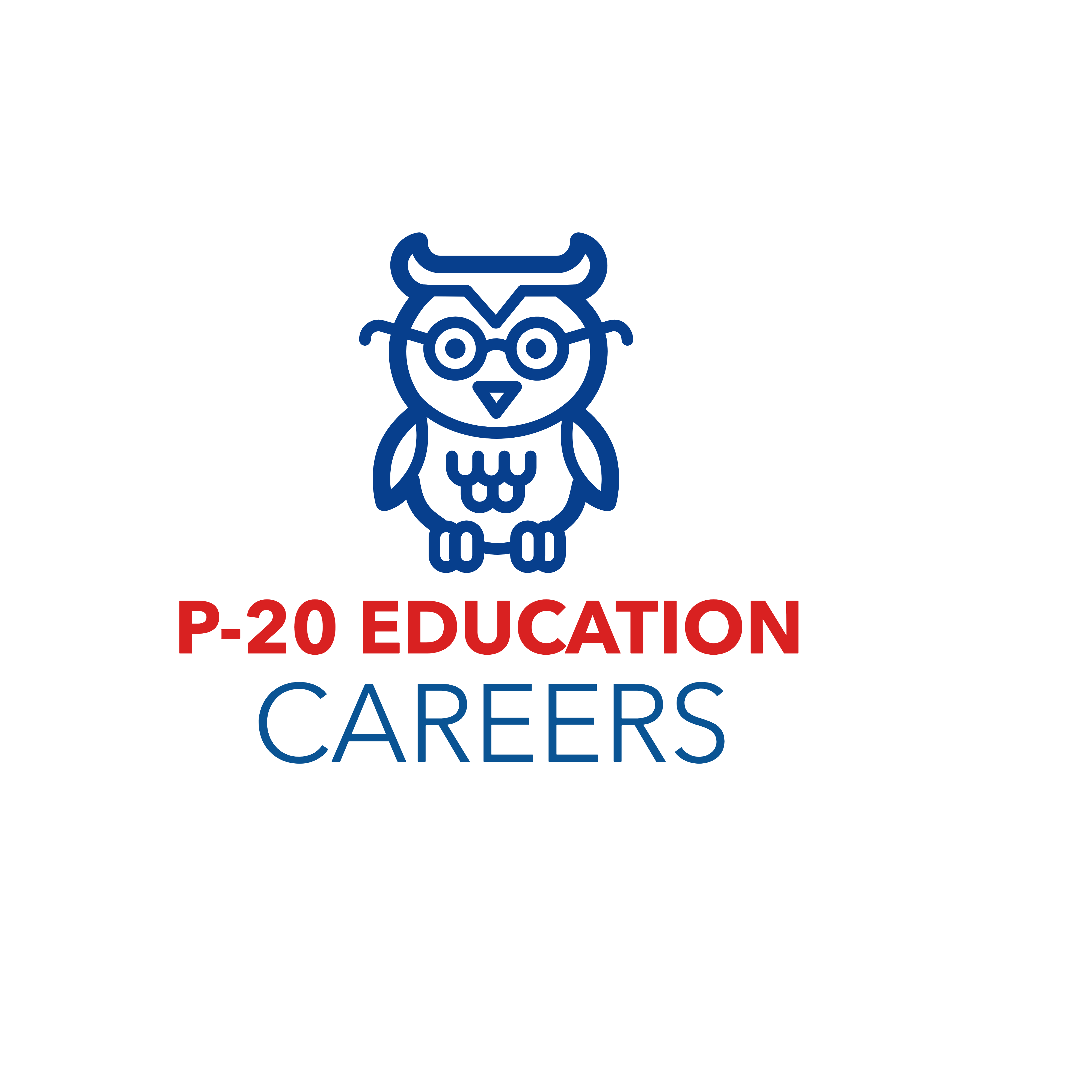Scotland exam results: pass rate falls as attainment gap widens across board
In a concerning trend for the Scottish education system, this year’s exam results have shown a decline in overall pass rates, with a notable widening of the attainment gap between different socioeconomic groups. The results, which were released recently, have sparked debates among educators, policymakers, and parents regarding the future of education in Scotland and the persistent inequalities faced by students.
The Statistics
The Scottish Qualifications Authority (SQA) reported a fall in the pass rate for National 5, Higher, and Advanced Higher exams compared to previous years. While the overall pass rate for National 5 exams stood at approximately 75%, this represents a significant decrease from the record highs observed in recent years. Higher exams saw a similar decline, with a pass rate of around 80%. These results have raised alarms about the academic performance of students, particularly in the wake of the disruptions caused by the COVID-19 pandemic.
Moreover, the data revealed a stark reality: the attainment gap between students from the most affluent backgrounds and those from disadvantaged areas has expanded. Students from less affluent backgrounds, who historically face barriers to academic success, have shown a lower percentage of passes in critical subjects. The Scottish Government’s long-standing goal of closing the attainment gap appears increasingly distant as new statistics reveal that socioeconomic status continues to play a significant role in educational outcomes.
Contributing Factors
Several factors have been identified as contributors to the declining pass rates and widening attainment gap. First and foremost is the impact of the pandemic, which saw schools in Scotland shift to remote learning for extended periods. While students from more affluent backgrounds often had access to the necessary resources, such as technology and dedicated study spaces, their peers in less fortunate circumstances struggled to adapt to online learning environments.
Additionally, teachers and educators have highlighted the challenges of providing adequate support to all students amid the ongoing adjustments to the education system. With staffing shortages and increased workloads, schools are struggling to meet the varied needs of their students, further entrenching disparities.
Responses from Educators and Officials
In response to these findings, several educators and advocates have called for urgent measures to address the widening attainment gap. There are demands for increased investment in support services, targeted interventions for disadvantaged students, and enhanced resources for schools in lower socioeconomic areas. The aim is to create a more equitable education system where every child, regardless of their background, has the opportunity to succeed.
Education Secretary Shirley-Anne Somerville acknowledged the challenges in this year’s results, stating, “We understand that these results are concerning. Every child in Scotland deserves an equal opportunity to thrive in education, and we must redouble our efforts to close the attainment gap.” The Scottish Government has reiterated its commitment to supporting schools and implementing initiatives aimed at giving every young person the chance to excel.
Looking Ahead
As Scotland’s education system grapples with these difficult realities, the focus will be on how to reverse the trend of declining pass rates and address the growing disparities in academic achievement. Annual assessments, targeted funding, and innovative educational strategies may be crucial in reshaping the future of education in the country.
For now, students, parents, and educators alike are left to navigate a complicated landscape where the promise of quality education is continually challenged by socioeconomic disparities. The urgent call to action has never been clearer: ensuring that no child is left behind becomes paramount as Scotland seeks to fulfill its commitment to equitable education for all.


